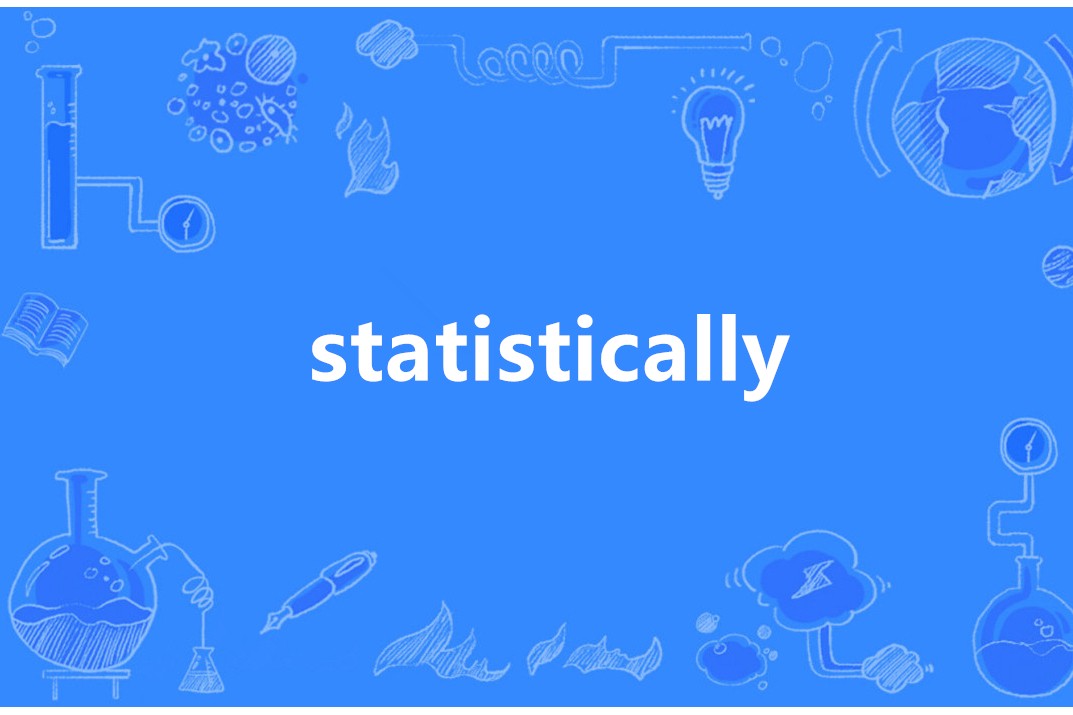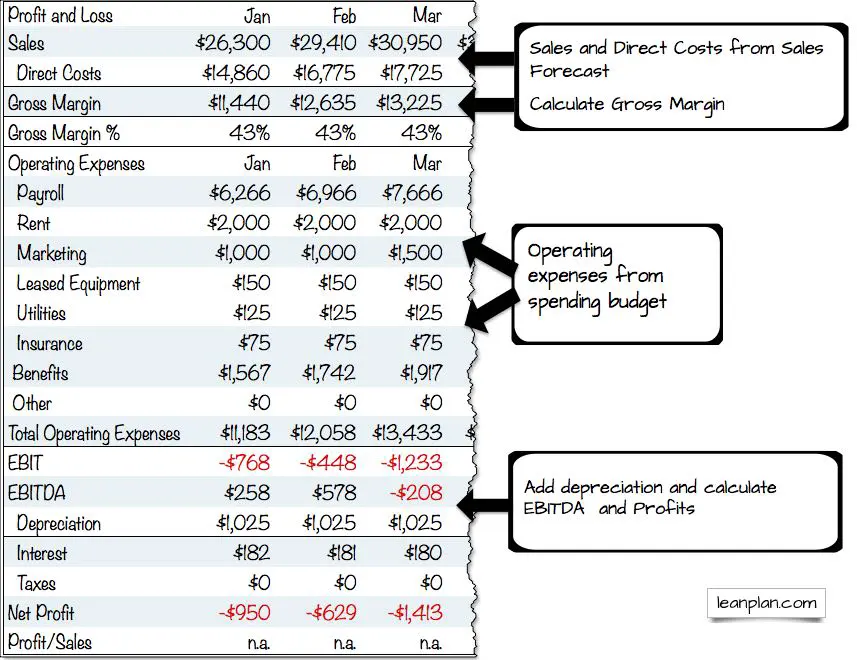===============================================================
Statistical arbitrage (stat arb) is one of the most powerful and widely used strategies in quantitative trading. It involves taking advantage of price inefficiencies between related financial instruments through the use of statistical models. This strategy allows traders to profit from small price discrepancies, typically through high-frequency trading and advanced algorithms. But how exactly can you profit from statistical arbitrage?
In this article, we will delve into the mechanics of statistical arbitrage, explore several methods and strategies to implement it, and provide actionable tips for both beginners and advanced traders looking to integrate this strategy into their trading approach.
What Is Statistical Arbitrage?
Statistical arbitrage is a form of market-neutral trading that aims to generate profits from price differentials between related securities, such as stocks, bonds, or commodities, without taking a directional view of the market. The strategy relies on the law of mean reversion, which suggests that prices tend to return to their historical average after deviating.
In the context of trading, statistical arbitrage typically involves the following:
- Identifying correlated instruments: Traders identify two or more assets that have historically moved in sync.
- Finding price deviations: When one asset deviates from the others, it presents an arbitrage opportunity.
- Exploiting inefficiencies: Traders enter long positions on undervalued assets and short positions on overvalued ones.
Key Concepts:
- Mean reversion: The concept that asset prices will eventually revert to their historical averages.
- Pairs trading: A common form of statistical arbitrage where two correlated stocks are traded against each other.
- Market-neutral: A strategy that is designed to profit regardless of whether the overall market is moving up or down.
How Does Statistical Arbitrage Work?
1. Correlation and Cointegration Analysis
The foundation of statistical arbitrage lies in understanding the relationship between different securities. Correlation measures how two assets move in relation to each other, while cointegration refers to a statistical property where two or more time series have a long-term equilibrium relationship.
Steps for Correlation and Cointegration Analysis:
- Choose correlated assets: For example, select two stocks in the same sector, such as Coca-Cola and Pepsi.
- Test for cointegration: If two assets are cointegrated, their prices will tend to move together over the long term.
- Monitor deviations: Track price movements and look for when one asset deviates significantly from the other, indicating a potential arbitrage opportunity.
2. Mean Reversion Models
Statistical arbitrage strategies often assume that markets are not fully efficient and that mean reversion occurs over time. When prices deviate significantly from their mean, they tend to revert, providing a profitable opportunity.
Steps to Implement a Mean Reversion Strategy:
- Select a time frame: Decide the time period for measuring the mean, typically based on historical data.
- Identify overbought and oversold conditions: Use technical indicators such as Bollinger Bands or the Relative Strength Index (RSI) to spot price extremes.
- Enter trades at extremes: Buy when prices are too low and sell when they are too high, based on the mean reversion principle.
How to Implement Statistical Arbitrage
Implementing statistical arbitrage requires advanced statistical techniques, tools, and a clear understanding of the strategy. Below, we will discuss two effective methods you can use to profit from this approach: pairs trading and multi-asset statistical arbitrage.
1. Pairs Trading Strategy
Pairs trading is one of the most common and straightforward ways to profit from statistical arbitrage. It involves pairing two highly correlated assets and trading them against each other.
Example of Pairs Trading:
Let’s say you identify two correlated stocks: Stock A and Stock B. Historically, these two stocks have moved in the same direction, but currently, Stock A is significantly overvalued compared to Stock B.
- Step 1: Buy Stock B (the undervalued stock) and short Stock A (the overvalued stock).
- Step 2: Wait for the price divergence to close as Stock A reverts to its mean price relative to Stock B.
- Step 3: Once the prices converge, exit the positions and capture the profit.
Pros of Pairs Trading:
- Market-neutral: This strategy doesn’t require predicting the direction of the overall market.
- Lower risk: Since both positions are hedged, the risk of market movements is minimized.
Cons of Pairs Trading:
- Requires constant monitoring: Price deviations can be short-lived, requiring constant attention.
- Transaction costs: Frequent trading and the need for short positions may incur significant fees.
2. Multi-Asset Statistical Arbitrage
Multi-asset statistical arbitrage goes beyond pairs trading by involving a basket of correlated assets. This strategy uses a portfolio of assets to diversify and improve the probability of identifying profitable arbitrage opportunities.
Steps for Multi-Asset Arbitrage:
- Step 1: Select a set of correlated assets that tend to move together.
- Step 2: Use principal component analysis (PCA) or factor models to identify the relationships and build a portfolio of long and short positions.
- Step 3: Execute trades based on statistical models, such as cointegration or correlation breakdowns, to take advantage of price discrepancies.
Pros of Multi-Asset Arbitrage:
- Greater diversification: By trading multiple assets, you reduce the overall risk.
- Higher potential returns: This strategy can capture a wider range of arbitrage opportunities.
Cons of Multi-Asset Arbitrage:
- Complexity: This strategy requires advanced knowledge of statistical models and asset relationships.
- Increased data requirements: More assets mean more data and calculations, which can be computationally intensive.

Key Tools for Statistical Arbitrage
To implement a successful statistical arbitrage strategy, you need access to the right tools. Below are some of the most important tools and platforms:
- Quantitative Software: Tools like Matlab, R, and Python (with libraries like Pandas, NumPy, and SciPy) are essential for conducting statistical analysis and implementing algorithms.
- Backtesting Platforms: Platforms like QuantConnect and AlgoTrader allow you to test your strategies using historical data.
- Execution Software: Tools like MetaTrader or Interactive Brokers provide the infrastructure for executing trades based on your algorithmic strategy.

FAQ (Frequently Asked Questions)
1. What is the best way to start learning statistical arbitrage?
To begin learning statistical arbitrage, start by studying the fundamentals of quantitative analysis, financial markets, and statistical techniques like cointegration and mean reversion. Many online platforms offer tutorials, courses, and books on the topic. You can also learn how to use quantitative software like R and Python to implement strategies.
2. Can statistical arbitrage be applied to cryptocurrency trading?
Yes, statistical arbitrage can be applied to cryptocurrencies. In fact, due to the volatility and relatively inefficient pricing in the crypto market, there are abundant arbitrage opportunities. However, keep in mind that the crypto market operates 24⁄7, so automation through trading bots and algorithms is essential to capitalize on these opportunities.
3. What are the risks associated with statistical arbitrage?
The primary risk in statistical arbitrage is model risk, which arises when your statistical models fail to predict price movements accurately. Additionally, liquidity risk can occur if you are unable to execute trades at the desired prices. It’s essential to constantly monitor the strategies and adjust them as market conditions change.

Conclusion
Statistical arbitrage is a powerful strategy that can be highly profitable if implemented correctly. By understanding the key concepts of correlation, cointegration, and mean reversion, you can take advantage of price discrepancies between related assets. Whether you choose pairs trading or multi-asset statistical arbitrage, the key to success lies in continuous learning, optimization, and adapting your strategy to the ever-changing market environment.
With the right tools and knowledge, statistical arbitrage can become a valuable addition to your trading arsenal. Start by testing your strategies in a risk-free environment, and once you gain confidence, move towards live trading to see the true potential of this market-neutral approach.

0 Comments
Leave a Comment